Walking represents a sizable portion of how people are expected to access stations. To facilitate safe and comfortable walking connections, the project will contribute to a more fully connected, safe street network, with design treatments such as new mid-block crossings and sidewalks.
While biking is not accounted for in the regional ridership model, providing bike facilities is an important part of the project. Additionally, stations will accommodate secure locations to store and park bicycles with more space dedicated at stations demonstrating greater biking demand. The number of bike parking spaces at each station will be determined later in the design process.
Review biking and walking improvements on the Bike and Walk Improvements page.
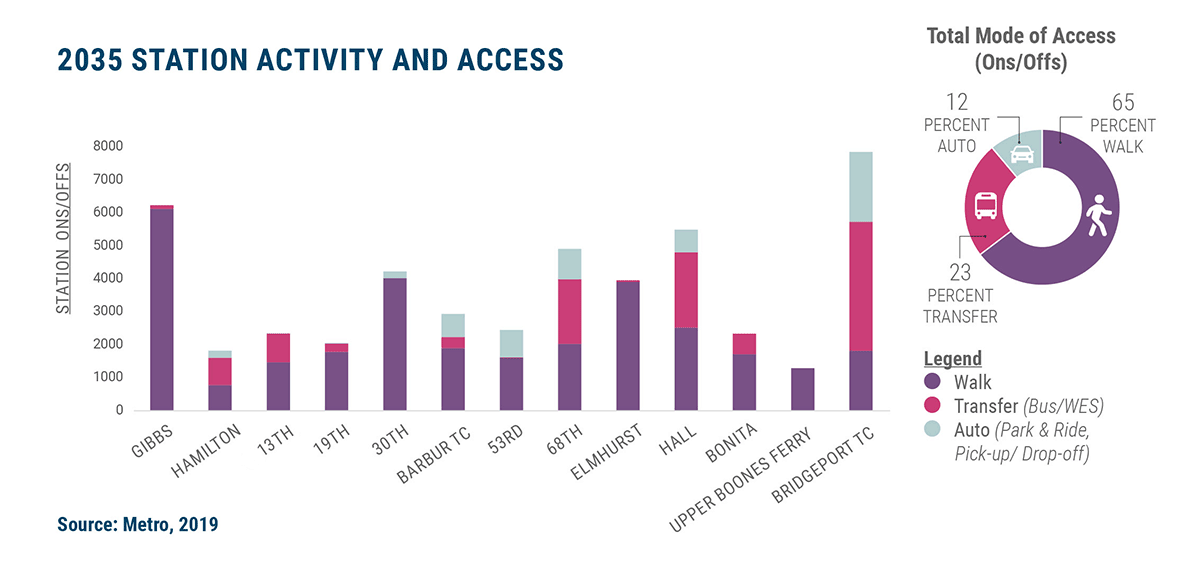

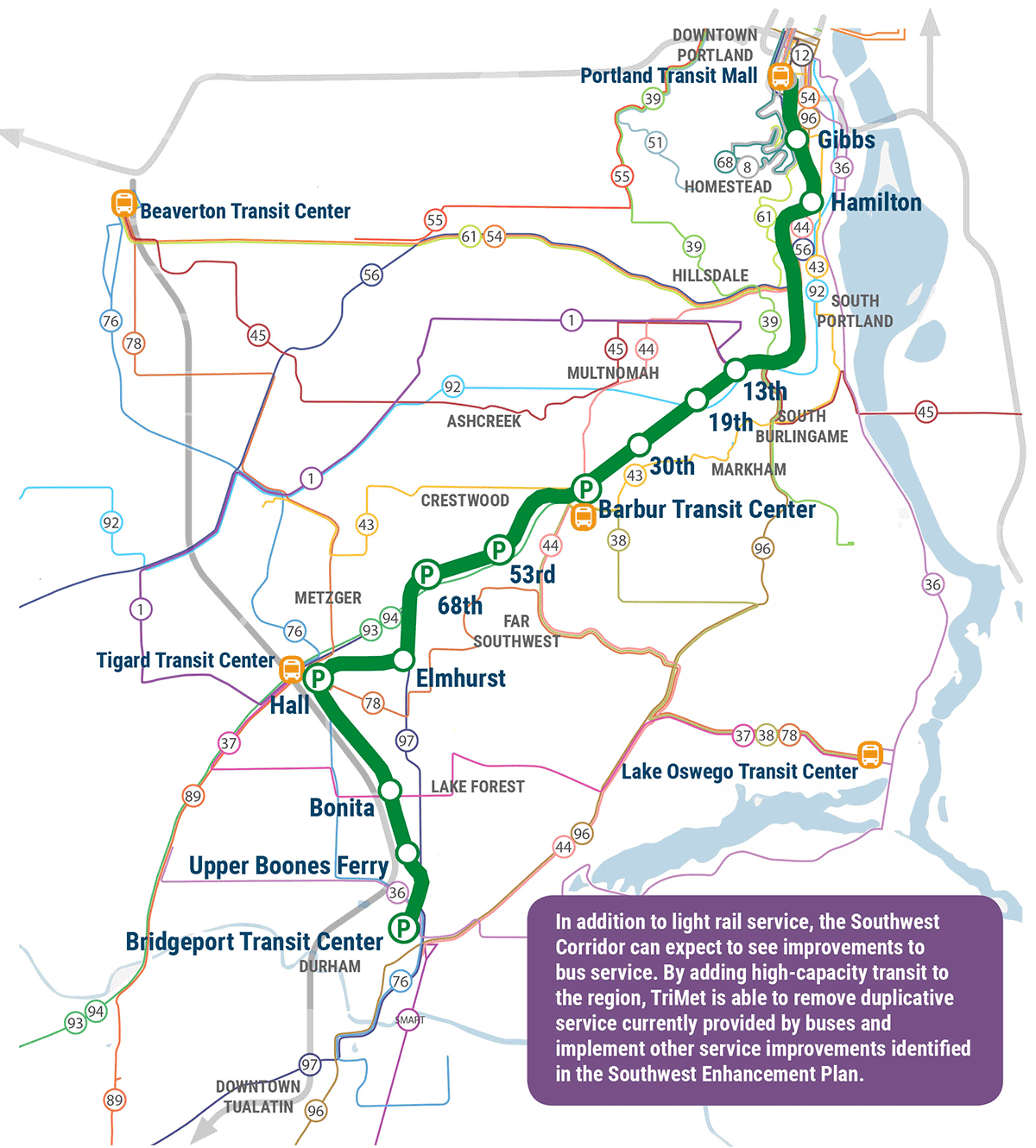
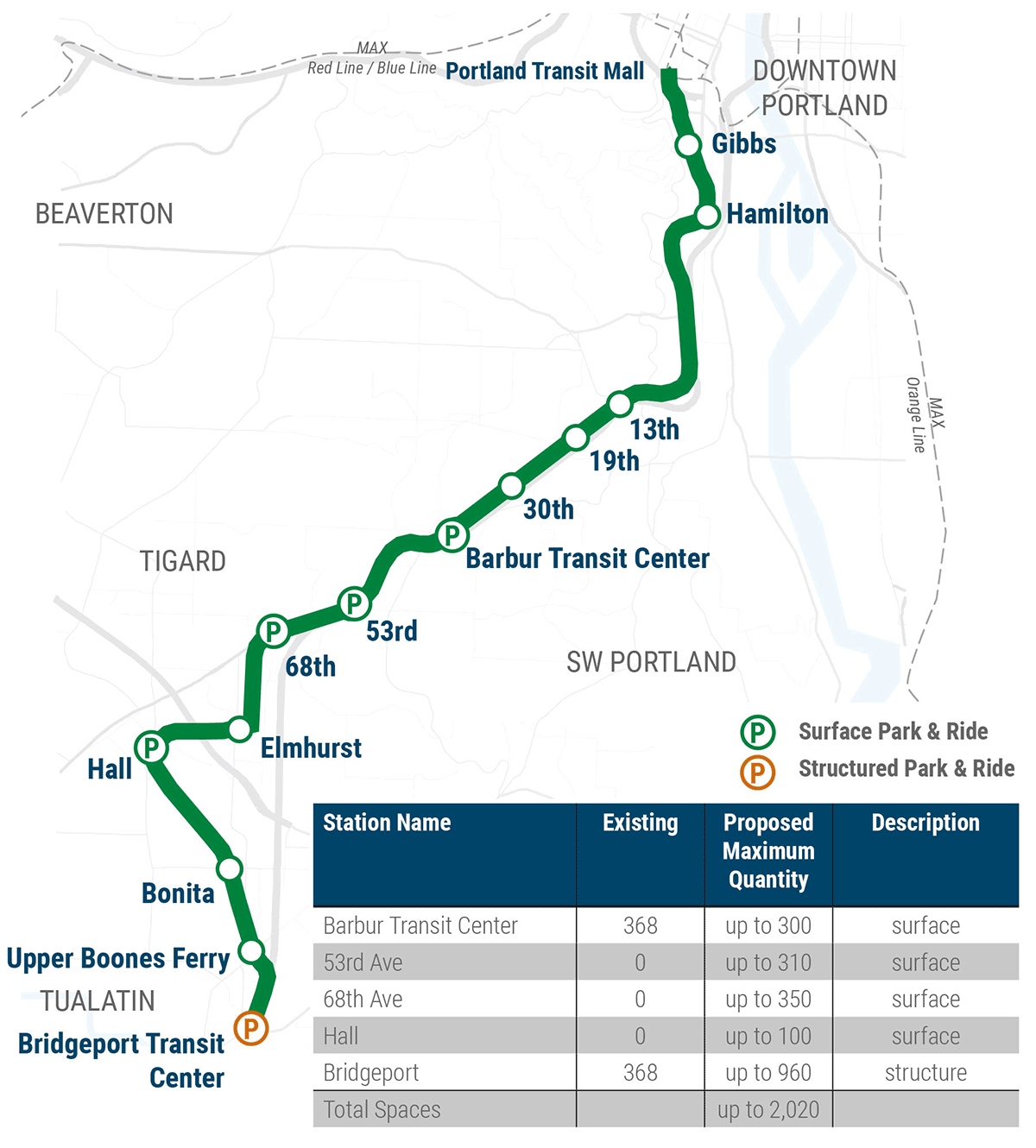
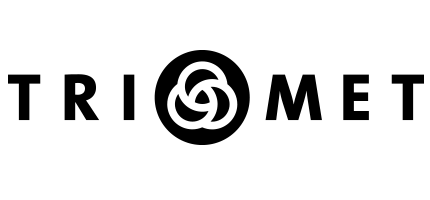
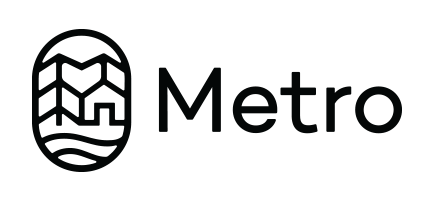

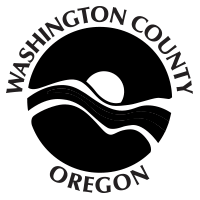
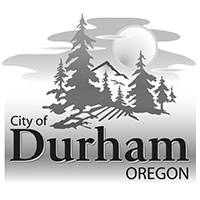
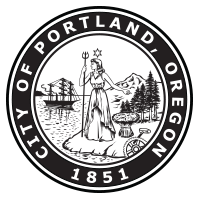
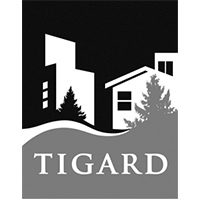

Комментарии или вопросы?
Позвоните по номеру 503-962-2150 или напишите по электронной почте для получения дополнительной информации.